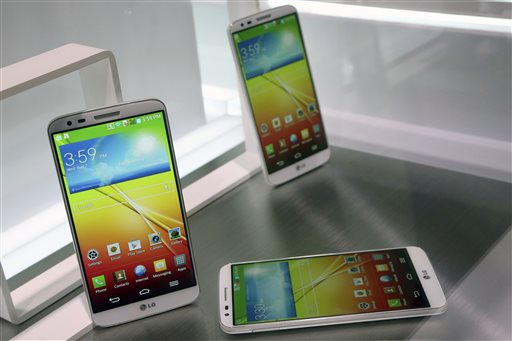OPINION: Stopping smartphone dangers to teens in their tracks

Brooklyn teens are now more likely to have one piece of technology than any other – a smartphone.
Millions of teens now use smartphones, and parents, particularly those in urban environments like Brooklyn, are struggling with how to prevent the growing dangers and safeguard their children from cyberbullying, texting while driving, sexting and misuse of dangerous apps. What most parents don’t know is that there are clear strategies and free solutions for quickly combating this rising problem and safeguarding their kids’ safety.
Parents do know that smartphone dangers are rising rapidly and the statistics give little reason for optimism:

Brooklyn Boro
View MoreNew York City’s most populous borough, Brooklyn, is home to nearly 2.6 million residents. If Brooklyn were an independent city it would be the fourth largest city in the United States. While Brooklyn has become the epitome of ‘cool and hip’ in recent years, for those that were born here, raised families here and improved communities over the years, Brooklyn has never been ‘uncool’.